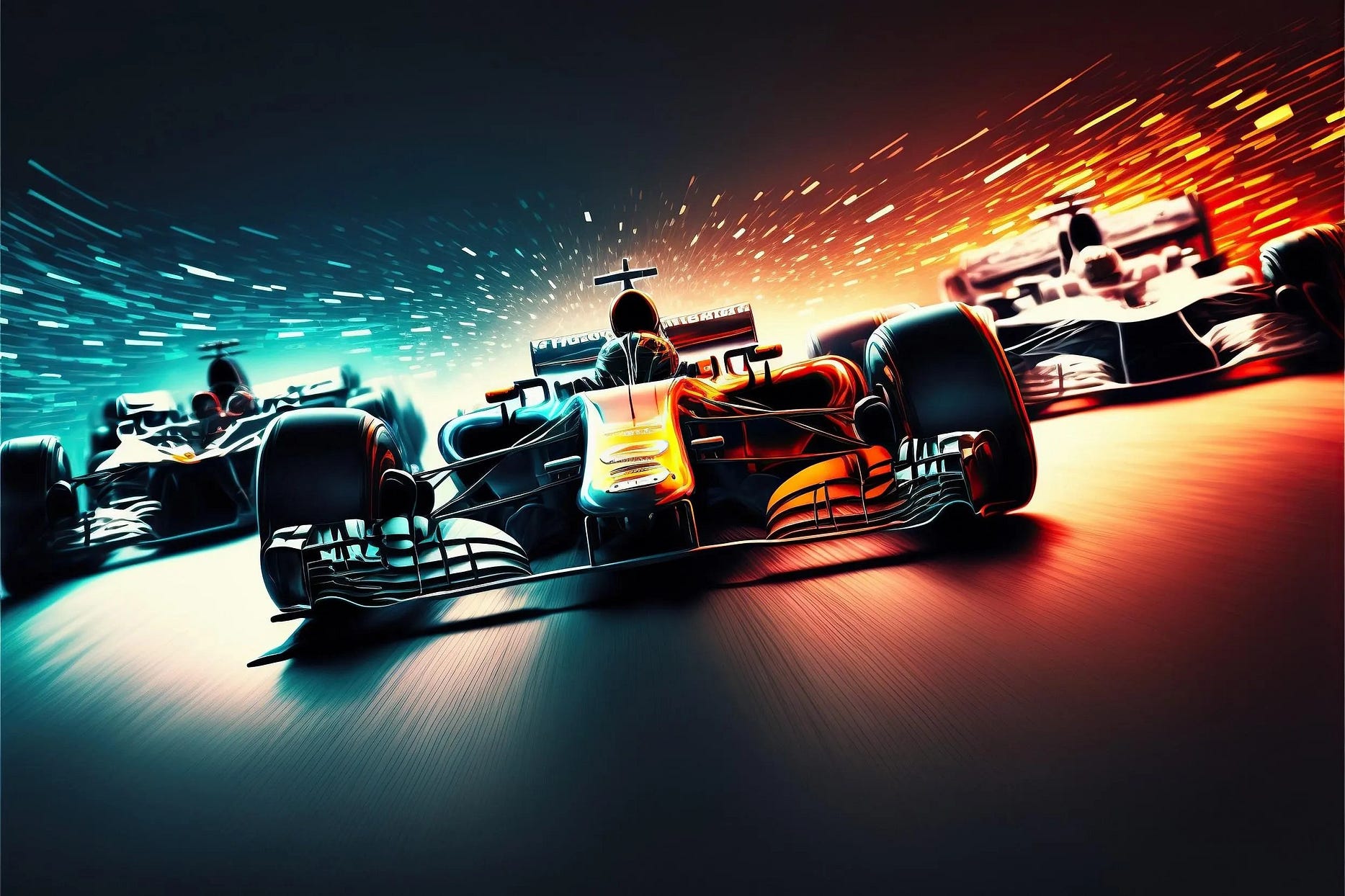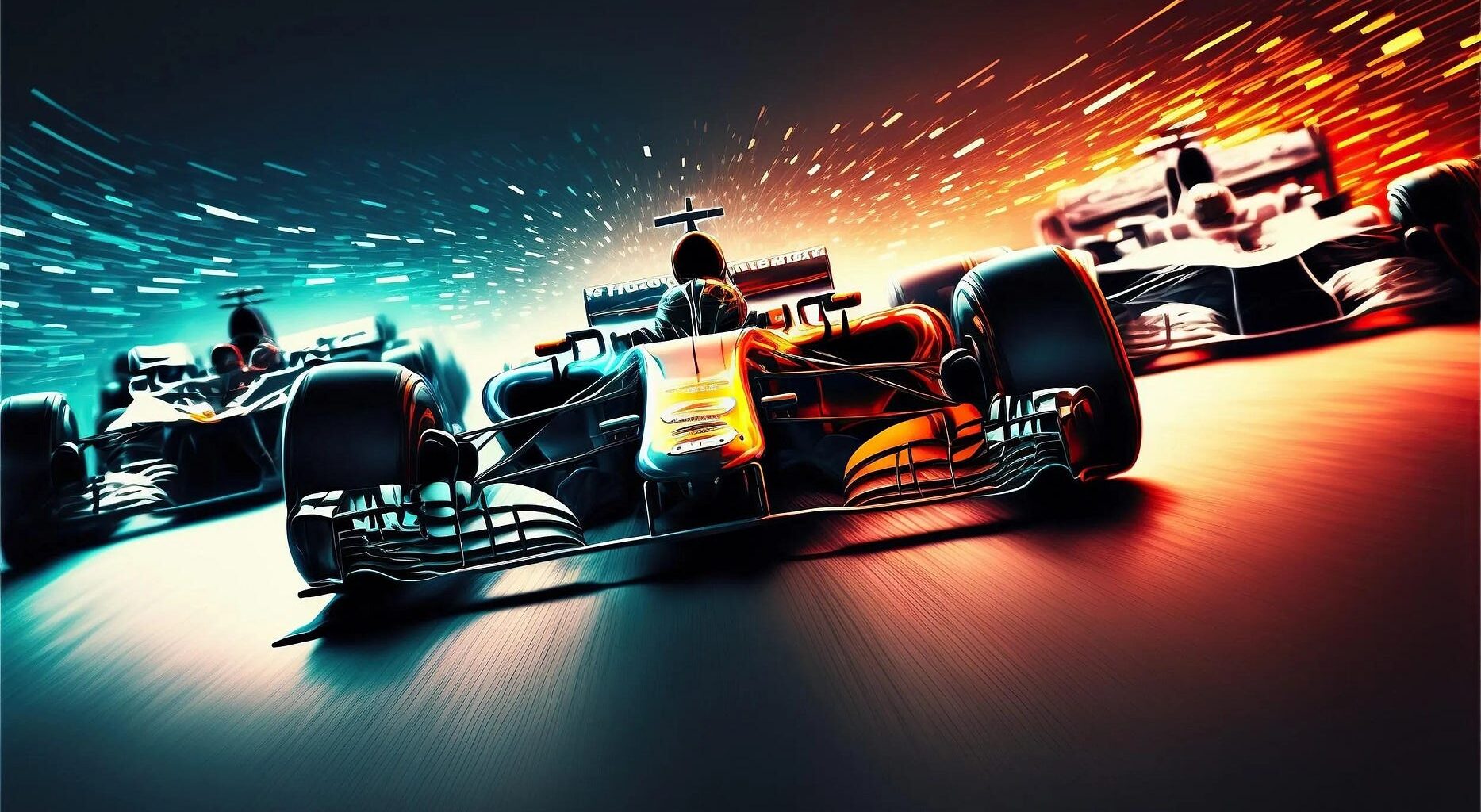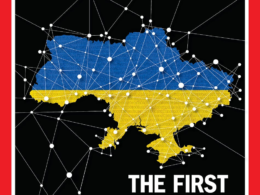the health strategy
digital review
for in-person health, digital health
and hybrid health strategy
Joaquim Cardoso MSc.
Senior Research and Strategy Officer (CRSO),
Chief Editor and Senior Advisor
January 18, 2023
Key Takeaways:
Artificial Intelligence (AI) is driving disruption in Formula One, changing car design, race performance, and fan experience.
- Computational Fluid Dynamics (CFD) is crucial for optimizing aerodynamics, and data collected from cars with over 300 sensors and 3GB of telemetry data per race is used for analysis.
- AI-powered simulations and digital twins help predict race parameters, weather, pit stop strategies, track conditions, and more, leading to cost-effective car development and driver training.
Partnerships with technology providers like AWS, Dell, and Oracle give F1 teams technical expertise and insights for better decision-making and performance.
- Data insights improve fan engagement and interaction by tailoring broadcast coverage, commentary, and delivering real-time information during races.
The future of F1 technology lies in generative AI, which can model and understand fans’ preferences to deliver a more immersive experience while maintaining the sport’s core DNA.
DEEP DIVE

How artificial intelligence, data and analytics are changing Formula One in 2023
biz crast . net
Julian Walling
July 10, 2023
Formula One (F1) has always been a technology-driven sport. Behind every car breaking a circuit at 250 mph is a team of engineers and scientists competing to squeeze every advantage out, leveraging the latest innovations in data, analytics and high-performance computing.
At the moment, as in every industry, artificial intelligence (AI) is driving a wave of disruption, changing car design, race performance and fan experience alike.
As Christian Horner, CEO of Oracle Red Bull Racing says, “Data is the lifeblood of the team. Every element of performance — how we race, how we develop a car, how we select and analyze drivers — is all driven by data.
As a Formula One fan, I am thrilled to have had the opportunity to visit and work with several world-class teams — most recently, these include Red Bull and McLaren.
It has allowed me to gain some fascinating insights into how cutting-edge technology — particularly AI and data analytics — is being used to create a competitive advantage and push cars to the finish line faster than ever before. In this article, I’ll share some of them, as well as discuss what the future may hold for the most tech-driven sport on the planet.

computational fluid dynamics
The aerodynamics of a car is one of the most important factors when it comes to performance on the track. The modeling of how the air flow interacts with the car as it travels at speed is part of a field of study known as computational fluid dynamics (CFD). Making a sophisticated study of this element of car performance is a key use case for the technology in F1 today.
Data is collected from the cars as they take part in actual races and practice sessions — the average car is fitted with over 300 sensors and transmits around 3GB of telemetry data per race.
Recently, I spoke to Rob Smedley, whose career in F1 has taken him from Williams to Ferrari and now to his current role as technical advisor in F1.
A significant development that has taken place in this area in the last year is the implementation of CFDs to re-orient the sport with the expectations of the fans. This was possible because, due to fan feedback, F1 knew race spectators wanted a closer look at “wheel-to-wheel” racing action. However, the aerodynamic “wake models” in wide use until recently were not suited for this type of racing, as they created strong turbulence in the wake of the vehicles, making it difficult for opponents to follow them.
This led to a collaborative project between F1, the governing body FIA, and AWS, their technology partner, to determine what changes could be made to the aerodynamics of the vehicles to allow closer racing in the 2022–2023 season .
The result, Smedley told me, was “a product that really gave us close races.”
There are three main uses of CFDs in F1.
- These are part of the design process for new cars,
- testing the performance of new components to study their effects on aerodynamics, and
- troubleshooting problems when the cars are not performing as they should. .
It is not devoid of its challenges — operating CFDs requires large amounts of high-performance computing power as well as access to highly skilled experts to run complex simulations.
However, the teams acknowledge that the benefits far outweigh the costs, and the technology is credited with saving the teams vast amounts of both time and money.

Simulation, Digital Twins and Virtual Racing
AI-powered simulations are used by F1 teams to model billions of possible race parameters to determine which variables are most likely to lead to favorable results.
State-of-the-art data and analytics expertise provided by partners such as AWS, Dell and Oracle means the impact of everything including weather, competitor behaviour, pit stop strategies, track conditions, collisions and mechanical failures can be predicted more accurately Can ever before.
Simulations are used to test the durability of the cars, to assess how well new designs can stand up to the rigors of high-speed racing. This enables engineering teams to identify weak points and potential points of failure during the simulation phase. This is far cheaper than finding them on track — an important factor when teams have strict limits on how much money can be spent each season developing and designing their cars.
Williams boss James Vowels has commented that AI is the only technology that can make it possible to extract value from the vast amounts of data generated and transmitted during a modern F1 race. He recently told the BBC, “We’re going to go with prototype cars that change from race to race… different tracks, different tyres… the right way to do it is to use modeling tools.” have to do that will drive millions of race scenarios.”
AI-powered models and simulations are also used to train drivers, allowing them to learn the track and develop their racing skills without the risk of injury or costly damage to vehicles. Although teams are allowed to keep confidential most of the data generated and captured during a race, they are obliged to make certain information available to F1 as well as opposing teams. This includes GPS data of the path taken by the car around the circuit on race days. This real-world data enables drivers to train by racing simulated models of their opponents.
An interesting development in this area is the recent inclusion of Formula One in the AWS Deep Racer project. It is a machine learning-powered, cloud-based 3D racing simulator where racers pit simulated autonomous vehicles against each other to complete laps in the fastest time possible. Smedley was one of the people involved in the project, working with driver Daniel Ricciardo to generate data to aid the car’s navigation. He told me, “There are big plans for this program … to bring it closer to Formula One … even to build a full-scale Formula One car that can run autonomously around the track. “

The power of partnership
Forging partnerships with technology providers is an essential strategy for both F1 teams and racing leagues.
Talking about his team’s partnership with data specialist Altrex, McLaren’s Managing Director, Zac Brown told me, “I think where Altrex helps us… is getting the data is one thing, it It’s another thing to integrate, get it quick and get the most relevant data. Otherwise, it’s just a lot of noise.
“The more accurate data you have, the more different types of data you have…the better your decision-making can be.”
By choosing the right strategic partner, teams benefit from technical expertise as well as new insight into how and where the technology can be applied, leaving them free to focus on the business of winning races.
Another McLaren partner is Dell, which provides high-performance computing solutions that drive many of the team’s simulation and CFD initiatives. A system that collects data from moving cars to feed into simulations and create more accurate digital twins is capable of streaming 100,000 data points per second.
For six years, the Mercedes AMG Petronas team partnered with data specialist TIBCO, enabling them to transform data into insights that inform race strategy and car design.
And another hugely successful partnership is between Red Bull Racing and Oracle, last year’s winning team of drivers and constructors. The team uses the technical expertise of American software and database giants to power its racing simulation as well as engineering development and fan engagement operations.
The partnership is so important to the team’s success that they incorporated it into the team name (now called Oracle Red Bull Racing). CEO Christian Horner has said, “Oracle Cloud plays an important role in the outcome of each and every Grand Prix we run.” performing.” We have won every Grand Prix this year and where we have achieved important results.”

Cloud Insights and Engagement
The end use case for data in F1 that we will cover here revolves around providing insights that encourage deeper fan engagement and interaction.
F1 is a complicated sport, and there is often much more to a race than what viewers watching on TV at home see. After all the cameras can only cover part of the track at a time. If you’re watching live on a grandstand, your view is even more limited.
Thanks to its five-year partnership with AWS, F1 is able to leverage information, including live car positioning data and timing data, to tailor broadcast camera coverage and commentary as well as insights delivered to viewers during races Can go
Zak Brown says, “An F1 track is five kilometers long and has 20 cars on it. So TV can only focus on one, two or three cars at a time… another four and a half kilometers The track is where various activities are going on and it could be really important for how the strategy of the race is going to unfold.”
Identifying and uncovering these insights involves the use of machine learning algorithms that harness all data sources available to build a narrative around race.
“We pop these data insights on screen so fans can make sense of it. We’re finding that fans are really leaning toward that level of insight.”

The future of technology in F1
The hottest topic in technology circles right now is generative AI, thanks to the massive transformative potential and popularity of applications such as ChatGPT and Stable Diffusion. In F1, the organizers are very excited about what technology will mean for the future of the sport, and the fan experience in particular.
Smedley told me, “It’s about modeling the demographics — 500 million fans worldwide — using AI techniques, using generative AI … trying to understand them better and give them the products they want.” are what they really want.”
“You know, Formula One should never lose its DNA. It’s about 20 gladiators who go out in these… ‘on-the-ground fighter jets’… and race for two hours on a Sunday afternoon.
“She should never lose her DNA. But we need to be able to adapt it to give the fans, especially the new demographic of fans, much more than what they want.
As we’ve seen, AI and machine learning certainly have the potential to do this. One thing that is certain is that we can count on technology to continue to produce more closely contested racing action, while also bringing us faster, more powerful and aerodynamic cars and exciting, Create an in-depth experience.
Source: www.forbes.com
Originally published at https://biz.crast.net on July 10, 2023.








